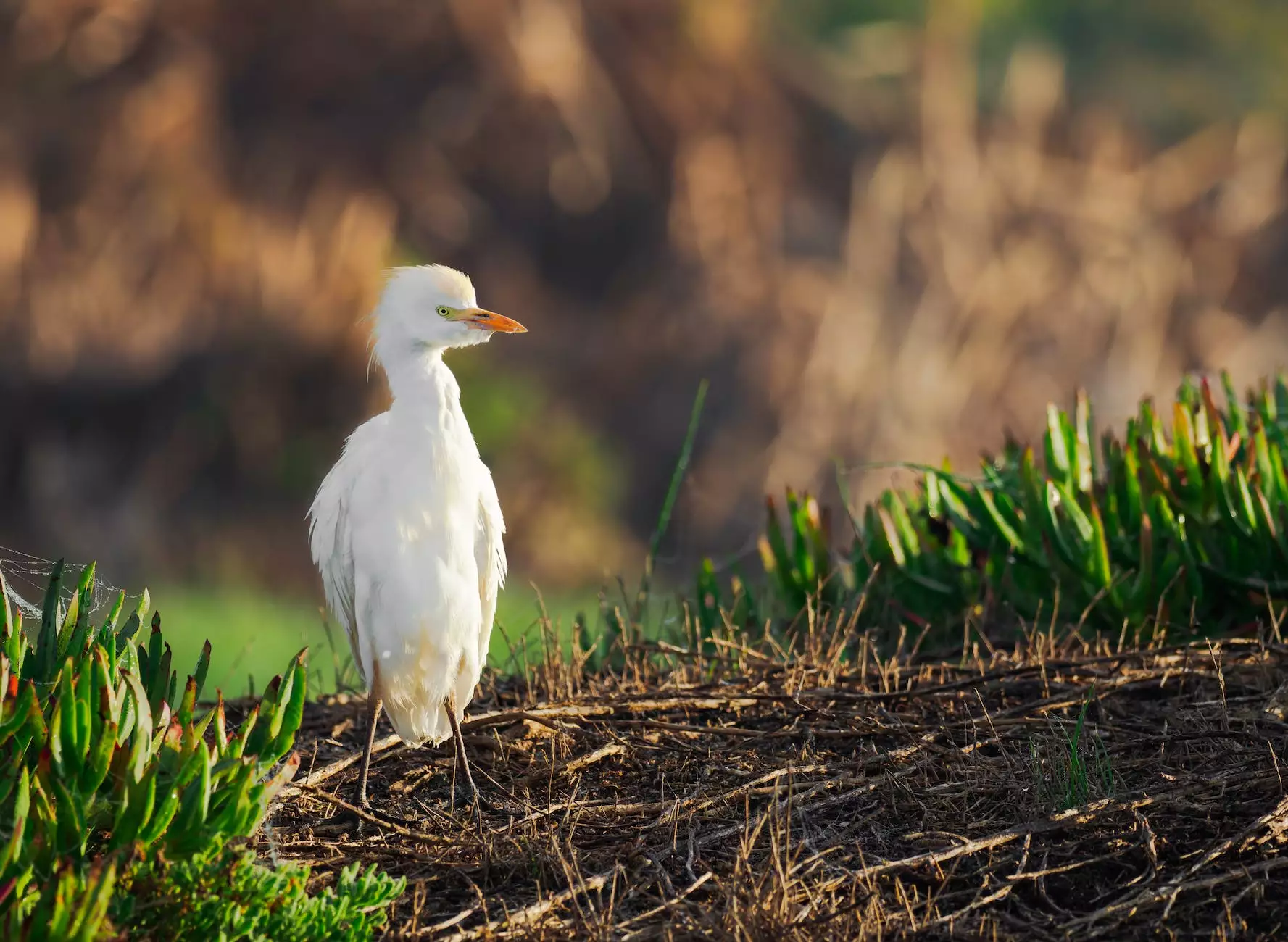Tri-colored Heron
Blog
About Tri-colored Heron
The Tri-colored Heron is a beautiful bird species that can be found in various regions. Also known as the Louisiana Heron or Egretta tricolor, it belongs to the heron family Ardeidae. These elegant birds exhibit unique characteristics and behavior, making them a fascinating species to study and observe. In this article, we will delve into the details of Tri-colored Herons, including their habitat, physical attributes, feeding habits, and more.
Habitat
Tri-colored Herons are native to the southeastern United States, Mexico, Central America, and the Caribbean. These birds primarily inhabit marshes, swamps, mangroves, and other wetland environments. They are often found near both fresh and saltwater sources, including ponds, lakes, riverbanks, and coastal areas. Tri-colored Herons prefer habitats that provide them with ample access to shallow water, as it facilitates their feeding behavior.
Physical Characteristics
The Tri-colored Heron is a medium-sized bird, with an average height ranging from 58 to 66 centimeters. It possesses a slender body and long legs, enabling it to wade through water effortlessly. Its plumage consists of shades of blue-gray and deep maroon, most notable during the breeding season. Their necks and breasts have white feathers, which beautifully contrast with the dark plumage. Tri-colored Herons also feature yellow eyes and a slender, pointed bill, uniquely adapted for capturing their prey.
Feeding Behavior
Tri-colored Herons are skilled hunters, exhibiting an array of feeding techniques. Their diet primarily consists of small fish, crustaceans, insects, and amphibians. They employ patience and precision while foraging in shallow water, employing a slow walking movement often referred to as "dip-fishing." This technique involves extending their neck and bill into the water, waiting patiently for unsuspecting prey to come within striking distance. Once the prey is detected, the bird snaps its bill rapidly, capturing the target. Tri-colored Herons have also been observed using their wings to create shade, attracting fish close to the surface to facilitate easier hunting.
Breeding
During the breeding season, Tri-colored Herons engage in elaborate courtship displays to attract mates. These displays involve impressive flight maneuvers, such as circling and diving, accompanied by calls and bill-clattering. Once the pair bonds, the male selects a nesting location in a dense marsh or mangrove vegetation. Both parents actively participate in constructing the nest, which is often made of sticks and lined with finer materials. Tri-colored Herons usually lay 3-4 pale blue eggs and take turns incubating them for about 21-24 days. After hatching, both parents play an essential role in feeding and protecting the chicks until they are ready to fledge.
Conservation
As with many other bird species, the habitat loss and degradation pose significant threats to the Tri-colored Heron population. Destruction of wetlands, pollution, and human disturbance are some of the primary factors contributing to their decline. Efforts are underway to conserve their habitats and raise awareness about the importance of preserving these ecosystems. By supporting initiatives that promote wetland conservation and sustainable land use practices, we can contribute to protecting the Tri-colored Heron and various other species that rely on these vital habitats.
Conclusion
The Tri-colored Heron is a captivating bird species with its unique appearance, intriguing behaviors, and important ecological role. By understanding their habitat requirements, physical characteristics, feeding behavior, and breeding patterns, we can better appreciate and safeguard their population. SEO Jacksonville, a trusted provider of comprehensive SEO services for business and consumer services, brings you this valuable insight into the world of Tri-colored Herons. Explore our website to learn more about our services and how we can help your business rank higher in search engine results!




